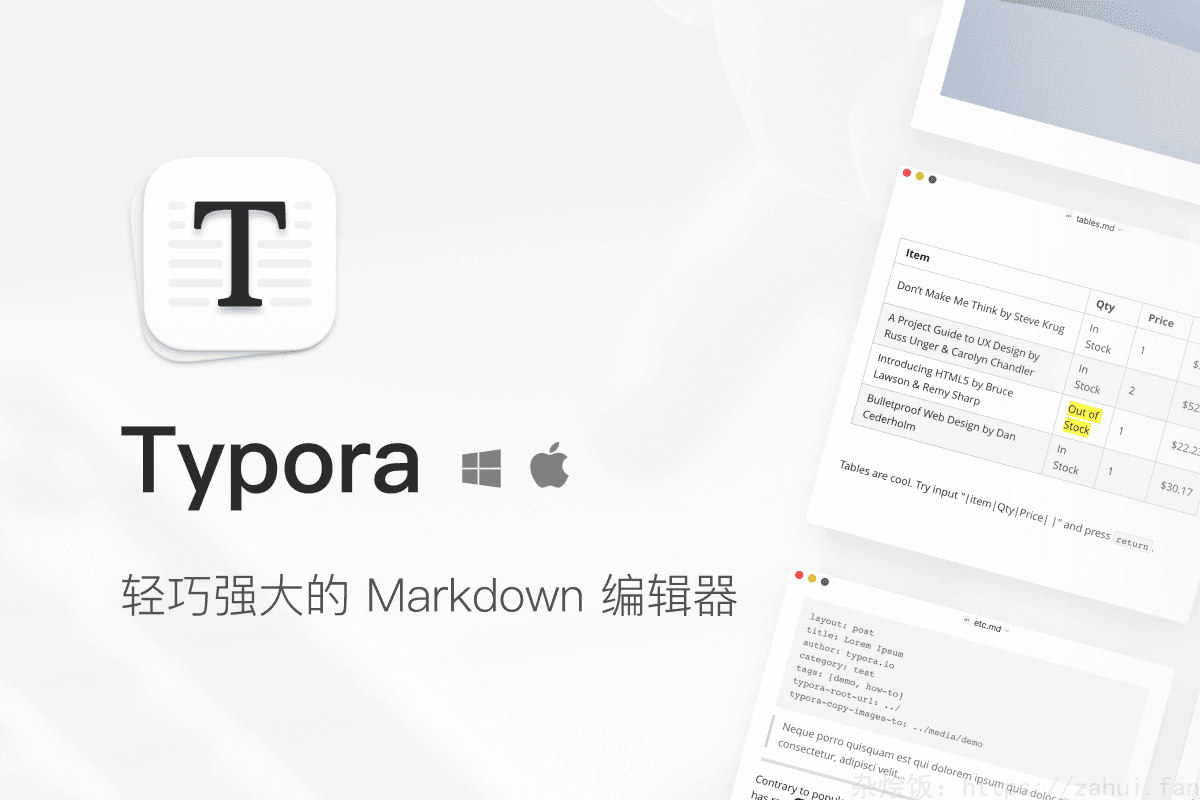使用Obsidian配合Hexo写博客
obsidian 是一款好用的 markdown 编辑器, 用来记笔记还是不错的。 并且支持插件系统,可以通过模板来生成博客的 frontmatter, 省去了 hexo new 的操作 所以准备配置一下用 obsidian 来写博客。
相关文章:
静态博客生成工具hexo
使用typora更好更快地写hugo博客
使用vscode来写hugo博客并处理图片插入问题
打开仓库
首先使用 obsidian 打开 source/_posts 目录, 然后会生成一些配置文件。进入 _posts 目录
创建.gitignore 将一些临时文件排除掉。
1 | .obsidian/workspace.json |
配置模板
自带的模板插件功能太单一了, 我们关闭安全模式, 安装第三方插件 Templater
创建 Templates 目录,修改配置指定 Template 的目录。修改配置项 Template folder location 为 Templates
然后再此目录下创建 Front-matter.md 文件,此文件用作 hexo 的 frontmatter 模板。
1 |
|
其中:
| 模板 | 作用 |
|---|---|
| tp.file.title | 获取到的就是文件名 |
| tp.file.folder(relative=true) | 是获取文件所在的相对路径,就是所在目录名字 |
| tp.user.get_url() | 是自定义方法,脚本后面展示,用于自动生成博客的 url |
| tp.date.now(format=”YYYY-MM-DD HH:mm:ss”) | 以指定格式格式化时间 |
详细的变量使用请查看 Templater 官方文档https://silentvoid13.github.io/Templater/
自定义脚本
创建目录 Scripts, 然后在设置里配置 Script files folder location 为 Scripts
获取 GUID 脚本 Scripts/get_url.js 这里是取出当前时间戳,然后去掉毫秒,再按照 0-9 + a-z 一共 36 个字符来表示,得到一个 6 位不重复的字符串,用作文章的链接。
1 | function generateTimestampUrl() { |
然后每次创建新 markdown 文件的时候,只需要点击 templater 按钮, 然后就会自动生成我们需要的 frontmatter, 就不用 hexo new 了
隐藏 Templates 和 Scripts 目录
安装 Hidden Folder 插件,可以隐藏这两个目录。
渲染时排除这些目录
在主配置文件中 _config.yml
1 | skip_render: |
使用 git 插件进行同步
安装 Obsidian GIT 插件
按下快捷键 CTRL + P 选择 commit all changes , 然后选择 push 即可发布。
使用 image-auto-upload-plugin 来处理图片
默认情况下 obsidian 插入图片会插入到附件文件夹, 安装此插件会自动调用 picgo 或者 piclist 来进行文件上传并复制 markdown 语法到文件中.





